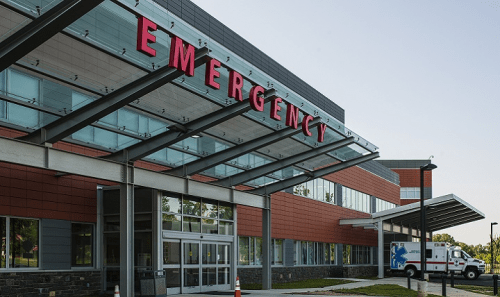Whenever someone gets sick or experiences an accident and home remedies just won’t do, top of mind of most people would be to take a trip to the emergency room. However, we all know that visits to the ER can be quite stressful with the long wait and expensive bills.
Nowadays though, there is another option in terms of emergency medical needs and these are urgent care clinics. Sometimes, however, we get confused as to which facility to visit. That is why we have laid out the specifics in this article to differentiate urgent care from the emergency room. Continue reading so that the next time you or a family member needs treatment, you’ll know where to go.
Summary Table
| Urgent Care | Emergency Room |
| For mild, non life-threatening injuries or concerns | Deals with life-threatening injuries or health problems |
| Limited access to diagnostic tests | Has access to several diagnostic tests |
| Shorter waiting and treatment time | Longer waiting and treatment time |
| Less expensive | More expensive |
| Open during business hours, after hours, and on weekends | Open 24/7 |
Definitions

Urgent care centers emerged in the ’90s as a response to the rising need of patients with non-life-threatening concerns to see their doctors beyond business hours and on weekends. These stand-alone facilities act as the middle ground between two extremes. They offer an array of diagnostic tests and treatment like a personal doctor, with as many open hours as hospitals.

The emergency room is a hospital department which addresses any kind of emergency need, prioritizing the life-threatening injuries. The facility is open 24/7 and is suited for more extreme cases.
They offer almost all kinds of diagnostic tests and have access to doctors of diverse specializations.
Urgent Care vs Emergency Room
The main difference between urgent care and the emergency room comes down to the kind of medical cases they accept, address, and prioritize. Urgent care clinics accept patients with mild, non-life-threatening concerns or injuries. This would include cases such as the flu, earaches, sprains, and minor cuts that require stitches.
An urgent care facility lacks an operating room but offers X-rays and other lab tests. Urgent care clinics know their limits and would quickly send a severely ill patient to the ER.
The emergency room, on the other hand, is best suited to address more severe, life-threatening cases.
Emergency rooms also treat minor injuries but if other patients are dealing with severe trauma, shortness of breath, or loss of consciousness, they get utmost priority since every minute counts. An emergency room has access to almost all types of tests within the capability of the hospital. These include, among others: CAT scans and MRIs, radiology labs, and operating rooms.
If a patient needs to stay over, beds are also provided.
Urgent care clinics are usually on a first-come, first served basis. They have shorter waiting and treatment time since minor sicknesses or injuries can be seen quickly and given faster treatment. Conversely, the emergency room follows a system called triage, giving priority to the more severe cases. For example, a patient having a heart attack would take priority over a patient with a case of the flu. The cost of an urgent care visit and an emergency room trip are also different. There is usually a higher copay for visits to the emergency room versus an urgent care consultation.
Lastly, urgent care clinics are open during business hours, evenings, and weekends. The doctors in the facility would perform what primary physicians would do in their clinics or office. Emergency rooms are open 24/7, accepting all kinds of patients, with doctors performing a range of procedures, from minor stitches to major operations, at any time of the day.





